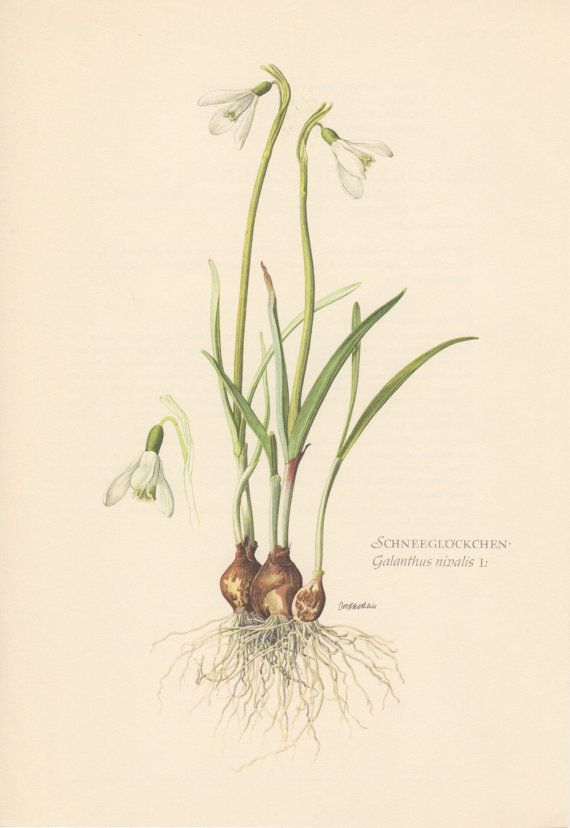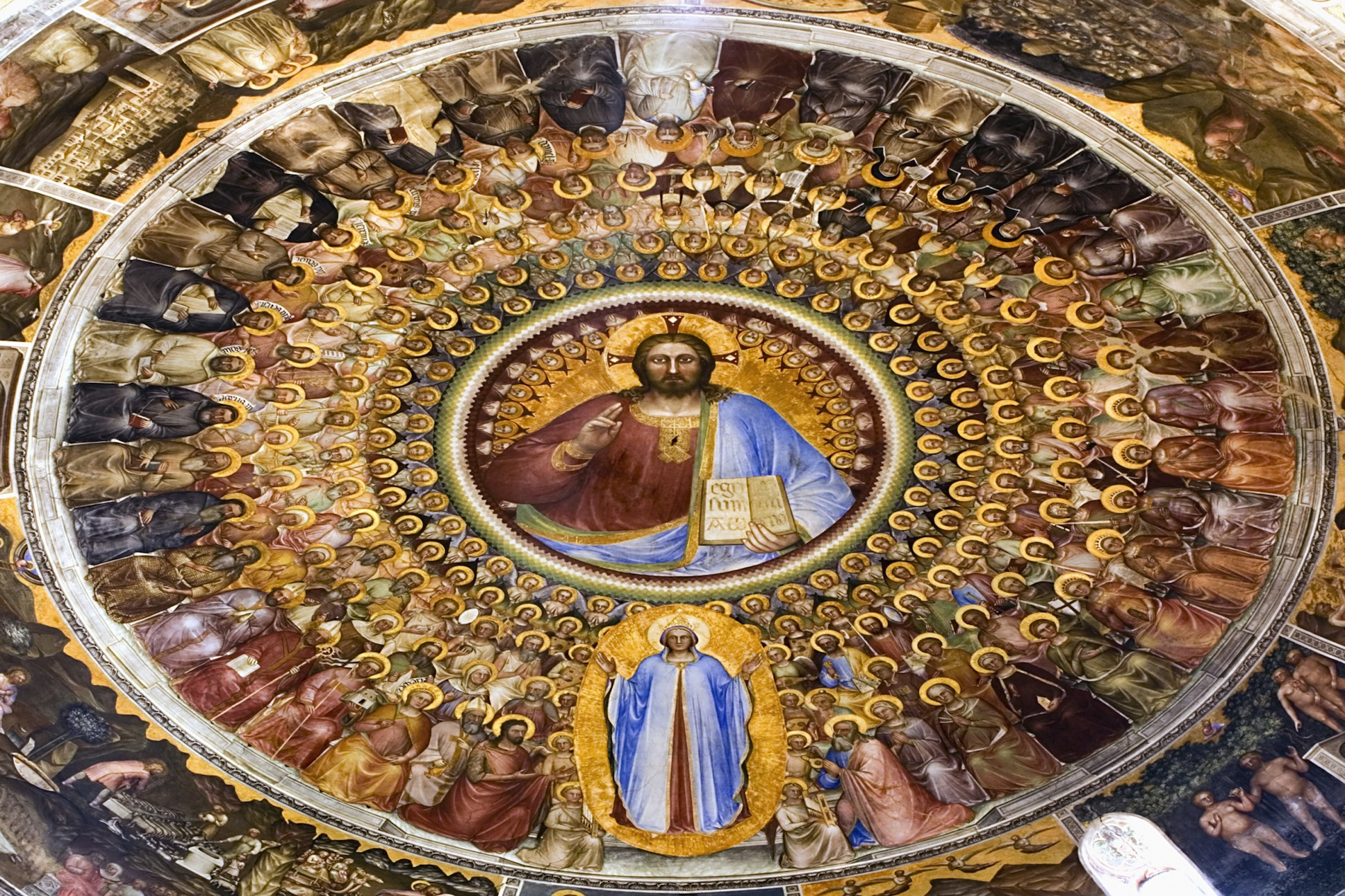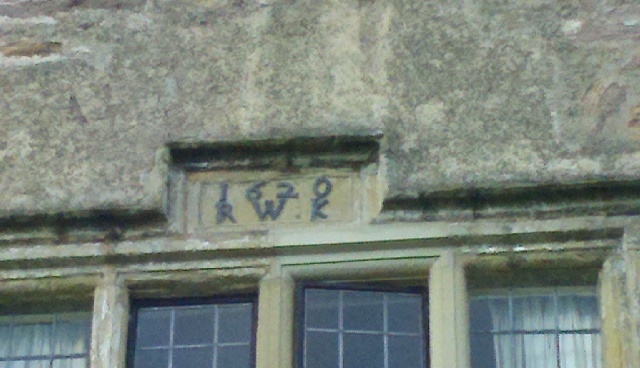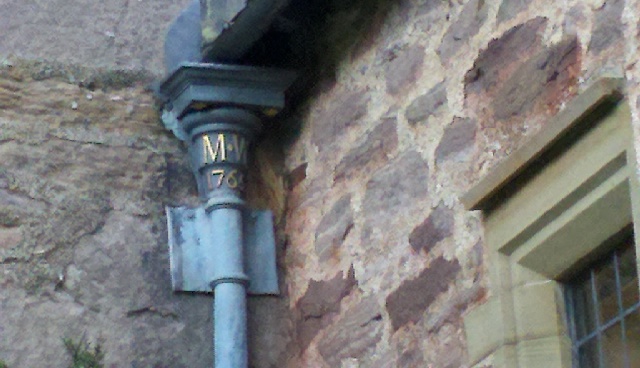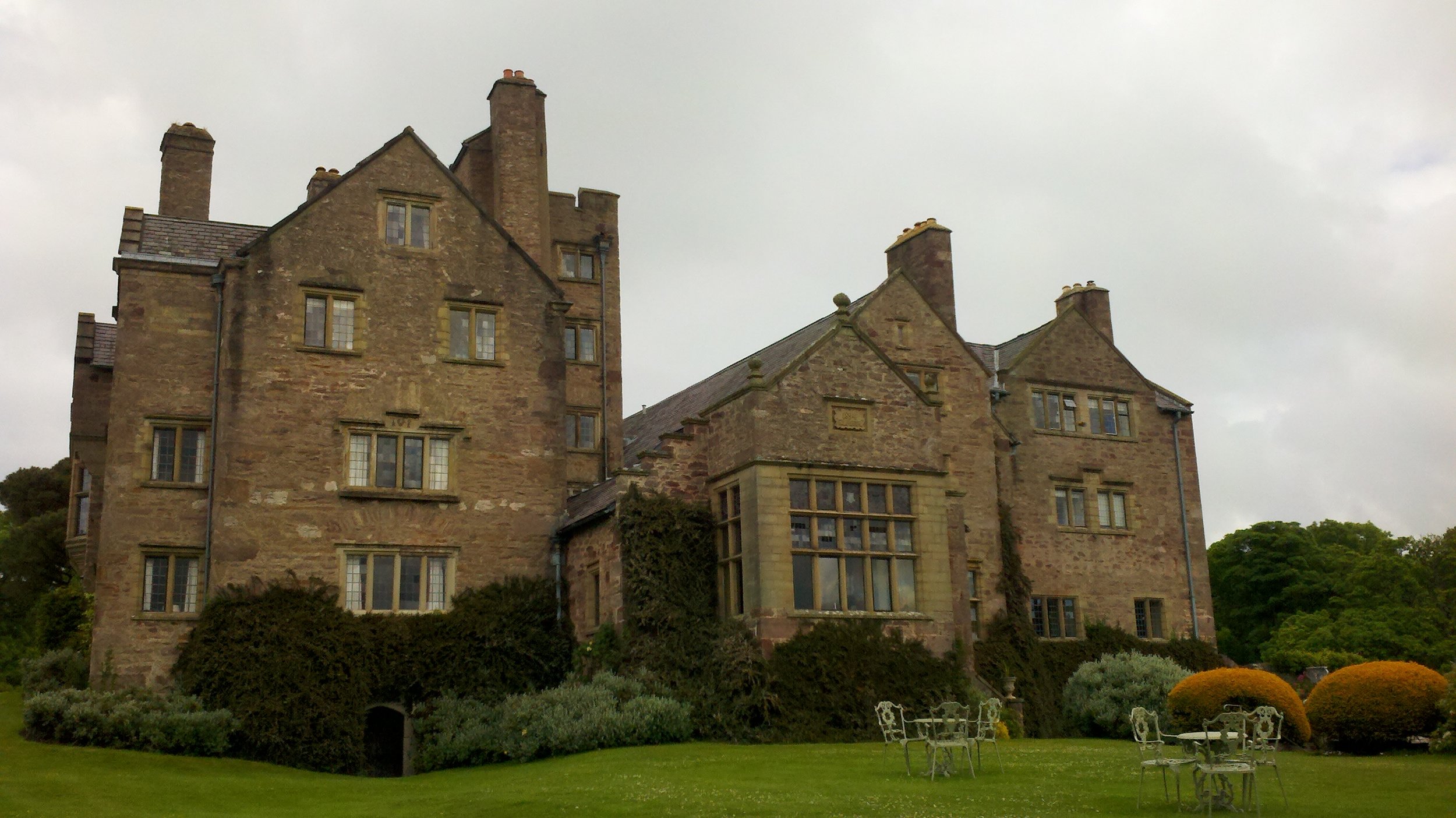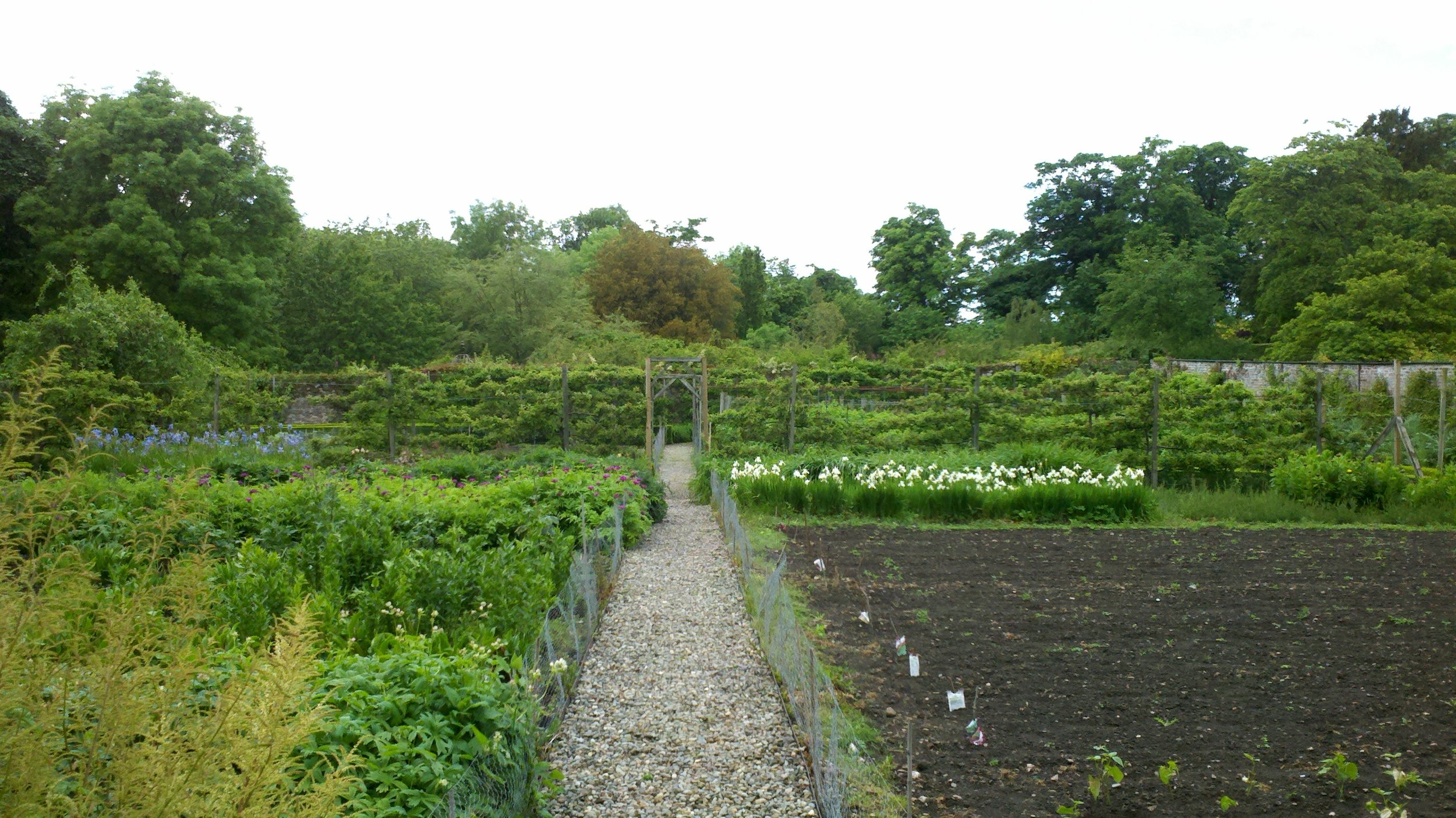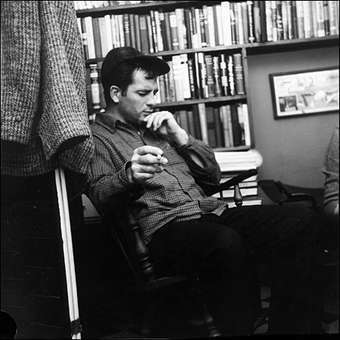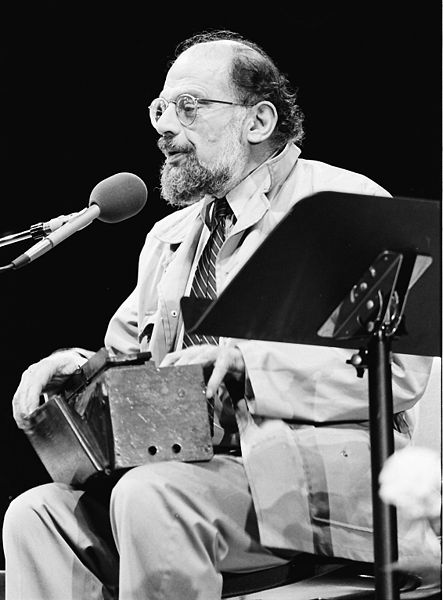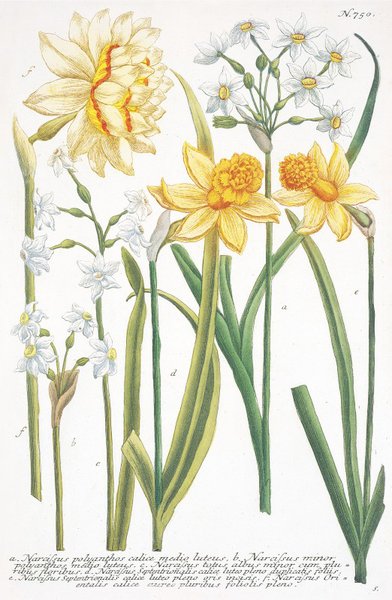 Andrew Thornton-Norris offers readers his new poem, Moments of Vision, along with an explanation of its composition. An Englishman based in the west of England, whose work is admired and published on both sides of the Atlantic, Andrew teaches literature and poetry at Pontifex.University.
Andrew Thornton-Norris offers readers his new poem, Moments of Vision, along with an explanation of its composition. An Englishman based in the west of England, whose work is admired and published on both sides of the Atlantic, Andrew teaches literature and poetry at Pontifex.University.
Andrew wrote an earlier blog posting called 'Redeeming Romanticism' by which he meant raising the purpose, or end of the genre to something higher, what it ought to be. In this poem he gives an example of what he was describing. I find it fascinating how he brings modern ideas of form into what has at its heart a traditional structure.
Moments of Vision
1. The Apophatic (After T.E. Hulme)
O moon hanging there not lighting up The darkness but just leaving it obscure, Reflecting light that's hidden for a time: You are the blessed sacrament that shines Upon the darkness of their majesty.
2. Helen's Face
The female body is the battlefield In the war that's taking place between The Word, the world, the devil and the flesh: The judgement cast upon it, lust that it Betrays and crimes that are committed there.
3. The Hymn of the Nuptial Mystery
In intimate relation we are in Eternal intimate relationship Within our souls and beating in our hearts The passion of transcendent being back Together that we thought we'd left behind.
4. Lent
The Forty Days and Forty Nights is when God's Kingdom is the desert where we meet Him in the hidden fasting and the prayer That separates us from the world outside And brings us to the peace of penitence.
5. Dead Souls
All beauty's holy and eternal and Destroyed by commodification, Which brings it back to dust in an Embittered fall from heaven earthward but The hope of faith is in the Death of God.
6. The Flower Bed
When I went back to the place where I Had slept and saw the mess of lying there I felt forboding of the grave and rushed To get away but now I see perhaps One heaven sent and love to contemplate.
7. WWW
When the whole world and all its life And history is here to hand and at The touch or click upon a button then The only way to turn to get away Is inwards, walk into the world within.
8. Sapperton Tunnel
Between the catchment of the Severn and The Thames, the way of life is different, The valley sides that crumble down into The houses flowing streamward down below, Suggestive of the valley of the Wye.
9. The Passion of the Lord is the Birth of Love
As fires from tiny flames great cities fell My love for you began with just a glance A word and then the conflagration grew Until the world was all aflame like stars That fall from skies above into our hearts.
10. The Walled Garden
Narcissus, yellow archangel, and then, Because of sympathetic magic, so Called lungwort: metaphysicians of the spring; But why are winter snowdrops purest white, O winter what has happened to your sting?
Brief note for students
This poem deals again with the subject of central concern to me: the deepest longings of the human heart, for love, joy, and peace for example, their frustrations, and how these experiences are most perfectly responded to, of any available belief system, by Catholicism. Its form is ten titled sentences of blank verse or unrhymed iambic pentameter. I chose this form because this is roughly how the ideas for the individual stanzas came to me as a group all around the same time. The idea of collage, or collection of disparate elements arranged around an overall theme rather than a logical narrative or argumentative structure is a modernist technique employed in other arts as well. Here it is combined with the most traditional form of English verse. The overall title is from a collection of poems published by Thomas Hardy in 1917.He is the last representative of a peculiarly English late-Romanticism, described as the last words of a dying protestantism by John Powell Ward in his book, The English Line. That line begins with Milton and only Philip Larkin was to attempt its resuscitation, describing himself as an "Anglican atheist". In Catholic terms, the title represents the moments of vision or contemplation when the pure of heart see God. It is therefore an attempt to redeem the Romantic form and subject through re-establishing the proper relationship of art to religion that I described in the last post.
